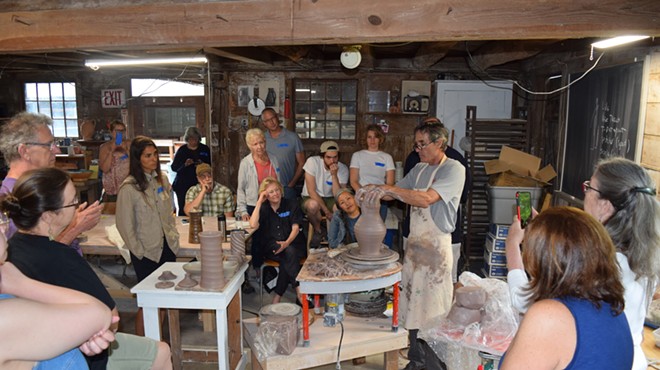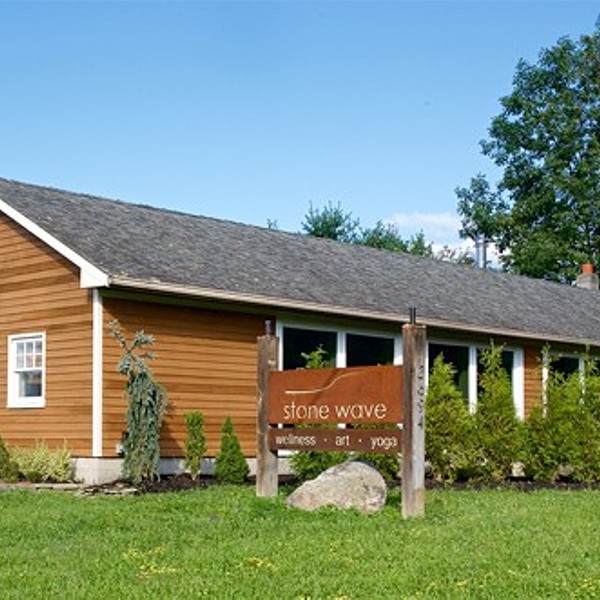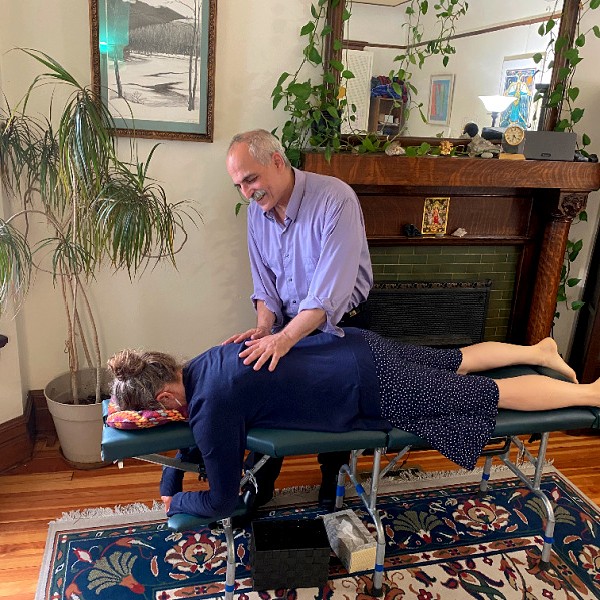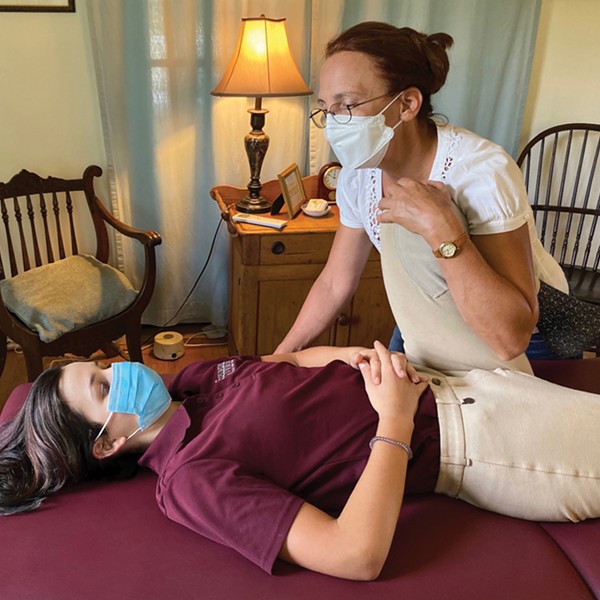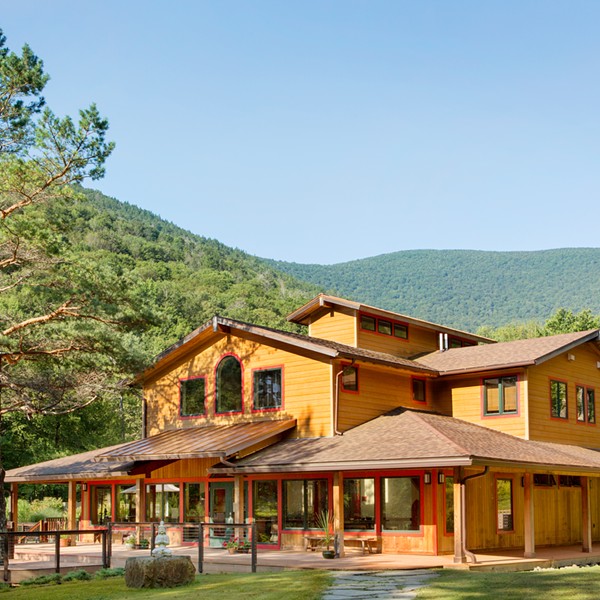—Andrew Taylor Still, founder of osteopathic medicine
It would be rare to find a health practitioner today who denies the healing powers of the body. After all, every one of us sails on a sea of microbes, chemicals, and physical affronts that could sink us daily, were it not for some built-in protections that come with our remarkable vessel, like the immune system, and a host of self-correcting physiological mechanisms. If we need help upon occasion, allopathic medicines can dampen symptoms—the manifestations of the struggle to get well—and allow us to carry on as though we were fine, at least in the short term, and some drugs can buoy us through an assault so grievous that we may not win; bronchodilators for bee-sting allergies and antibiotics for Lyme disease are examples.
Of course, there are many things that medicines can’t fix, and, by quelling symptoms, won’t address the underlying cause. Osteopathy is a field of medicine that at its foundation trusts the body’s inherent capacity to defend and repair itself. It emphasizes that we naturally adapt to and usually survive what our surroundings throw at us, thanks to innate, interdependent mechanisms—and quite complex ones, at that. Nonetheless, our normal adaptability can be disrupted, or external circumstances can become too extreme for the body’s capacity for self-maintenance. Then disease may ensue.
Those are among the principles on which Andrew Taylor Still, a medical doctor of the late 1800s, founded osteopathy. He perceived the healthy body as an integrated, harmonious whole, composed not just of physical structures but also of emotional, psychological, and spiritual components. Unhappy with allopathic medicine’s concepts and methods, Still developed an approach, osteopathic medicine, to restore the body’s own healthy relationships among bones, muscles, the nervous system, internal organs, and fluids. Since the opening of the first osteopathic medical school by Still in 1892 in Missouri, osteopathy has grown to a profession with two dozen colleges and more than 50,000 practicing doctors in the US. Today’s doctors of osteopathic medicine (DO) are fully trained and licensed medical physicians, surgeons, and specialists, with medical authority equivilant to that of MDs.
A Skull Reveals
Dr. William G. Sutherland, an osteopath of the late 1880s to mid-1900s, turned an especially inquisitive eye to the skull, and the convoluted suture lines coursing over its surface that demarcated boundaries between skull bones. Sutherland concluded over several years of research that a minute degree of movement between bones along the suture lines was possible—a phenomenon still fervently denied by some doctors, yet measured and documented by others. Sutherland further perceived that the skull expanded and contracted slightly in concert with a rhythmic pulsation of cerebrospinal fluid within the central nervous system (brain and spinal cord). He called the pulsation the primary respiratory mechanism (not to be confused with lung respiration). From Sutherland’s ideas, research, and clinical experience, the specialty of cranial osteopathy—or “osteopathy in the cranial field,” as he called it—emerged, emphasizing the importance of this cranial rhythm.
Drs. Joseph Tieri and Ari Rosen are osteopathic physicians in the Hudson Valley with a focus on cranial osteopathy. Trained in that specialty by cranial osteopaths who were direct students of Sutherland, Tieri and Rosen treat patients from a wide geographic area, since there are few doctors who work as they do. They also teach their specialty to medical doctors (DOs or MDs) through one-on-one apprenticeships, as is the tradition of cranial osteopathy.
“Dr. Sutherland started this approach, and it’s handed down generation by generation,” says Tieri. “Health is happening in the body all the time, and the osteopath discovers that process, and helps it follow its natural course. It’s treating for health—the ‘breath of life’ is what Dr. Sutherland called it. He found deep, therapeutic movements that could treat the whole of the patient, rather than partition the body into bones, membranes, muscle, and so on. We find that a lot of trauma goes deeper than muscle and bone, into the level that we call fluid. It’s a very complex process, and also very subtle. [Learning this approach] takes intense time and effort.”
The Rhythms of Healing
Cranial osteopathy is about restoring healthful rhythms. Rosen explains: “There are very palpable movements and rhythms throughout the body. There is a potent rhythm through the central nervous system [Sutherland’s primary respiratory mechanism], but the whole body is also going through the same rhythm.” The doctor perceives abnormalities in that, and mediates changes through hands-on manipulations. “Based on what we feel in the patient,” Rosen says, “we go through a therapeutic process that is dictated closely by what the body needs, rather than what we impose on it, so the patient moves in a more healthful, rhythmic way. A patient’s body will hold on to that and continue to progress between appointments.”








